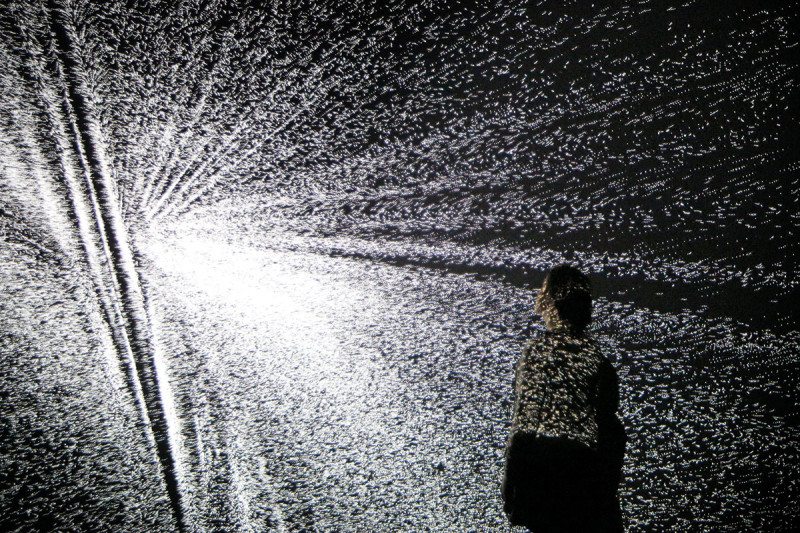
The Second Digital Turn: Design beyond intelligence
Mario Carpo
MIT Press
THE Polish futurist Stanislaw Lem once wrote: “A scientist wants an algorithm, whereas the technologist is more like a gardener who plants a tree, picks apples, and is not bothered about ‘how the tree did it’.”
For Lem, the future belongs to technologists, not scientists. If Mario Carpo is right and the “second digital turn” described in his extraordinary new book comes to term, then Lem’s playful, “imitological” future where analysis must be abandoned in favour of creative activity, will be upon us in a decade or two. Never mind our human practice of science, science itself will no longer exist, and our cultural life will consist of storytelling, gesture and species of magical thinking.
Carpo studies architecture. Five years ago, he edited The Digital Turn in Architecture 1992-2012, a book capturing the curvilinear, parametric spirit of digital architecture. Think Frank Gehry’s Guggenheim Museum in Bilbao – a sort of deconstructed metal fish head – and you are halfway there.
Such is the rate of change that five years later, Carpo has had to write another book (the urgency of his prose is palpable and thrilling) about an entirely different kind of design. This is a generative design powered by artificial intelligence, with its ability to thug through digital simulations (effectively, breaking things on screen until something turns up that can’t be broken) and arriving at solutions that humans and their science cannot better.
This kind of design has no need of casts, stamps, moulds or dies. No costs need be amortised. Everything can be a one-off at the same unit cost.
Beyond the built environment, it is the spiritual consequences of this shift that matter, for by its light Carpo shows all cultural history to be a gargantuan exercise in information compression.
Unlike their AIs, human beings cannot hold much information at any one time. Hence, for example, the Roman alphabet: a marvel of compression, approximating all possible vocalisations with just 26 characters. Now that we can type and distribute any glyph at the touch of a button, is it any wonder emojis are supplementing our tidy 26-letter communications?
Science itself is simply a series of computational strategies to draw the maximum inference from the smallest number of precedents. Reduce the world to rules and there is no need for those precedents. We have done this for so long and so well some of us have forgotten that “rules” aren’t “real” rules, they are just generalisations.
AIs simply gather or model as many precedents as they wish. Left to collect data according to their own strengths, they are, Carpo says, “postscientific”. They aren’t doing science we recognise: they are just thugging.
“Carpo shows all cultural history to be a gargantuan exercise in information compression”
Carpo foresees the “separation of the minds of the thinkers from the tools of computation”. But in that alienation, I think, lies our reason to go on. Because humans cannot handle very much data at any one time, sorting is vital, which means we have to assign meaning. Sorting is therefore the process whereby we turn data into knowledge. Our inability to do what computers can do has a name already: consciousness.
Carpo’s succinctly argued future has us return to a tradition of orality and gesture, where these forms of communication need no reduction or compression since our tech will be able to record, notate, transmit, process and search them, making all cultural technologies developed to handle these tasks “equally unnecessary”. This will be neither advance nor regression. Evolution, remember, is maddeningly valueless.
Could we ever have evolved into Spock-like hyper-rationality? I doubt it. Carpo’s sincerity, wit and mischief show that Prospero is more the human style. Or Peter Pan, who observed: “You can have anything in life, if you will sacrifice everything else for it.”
